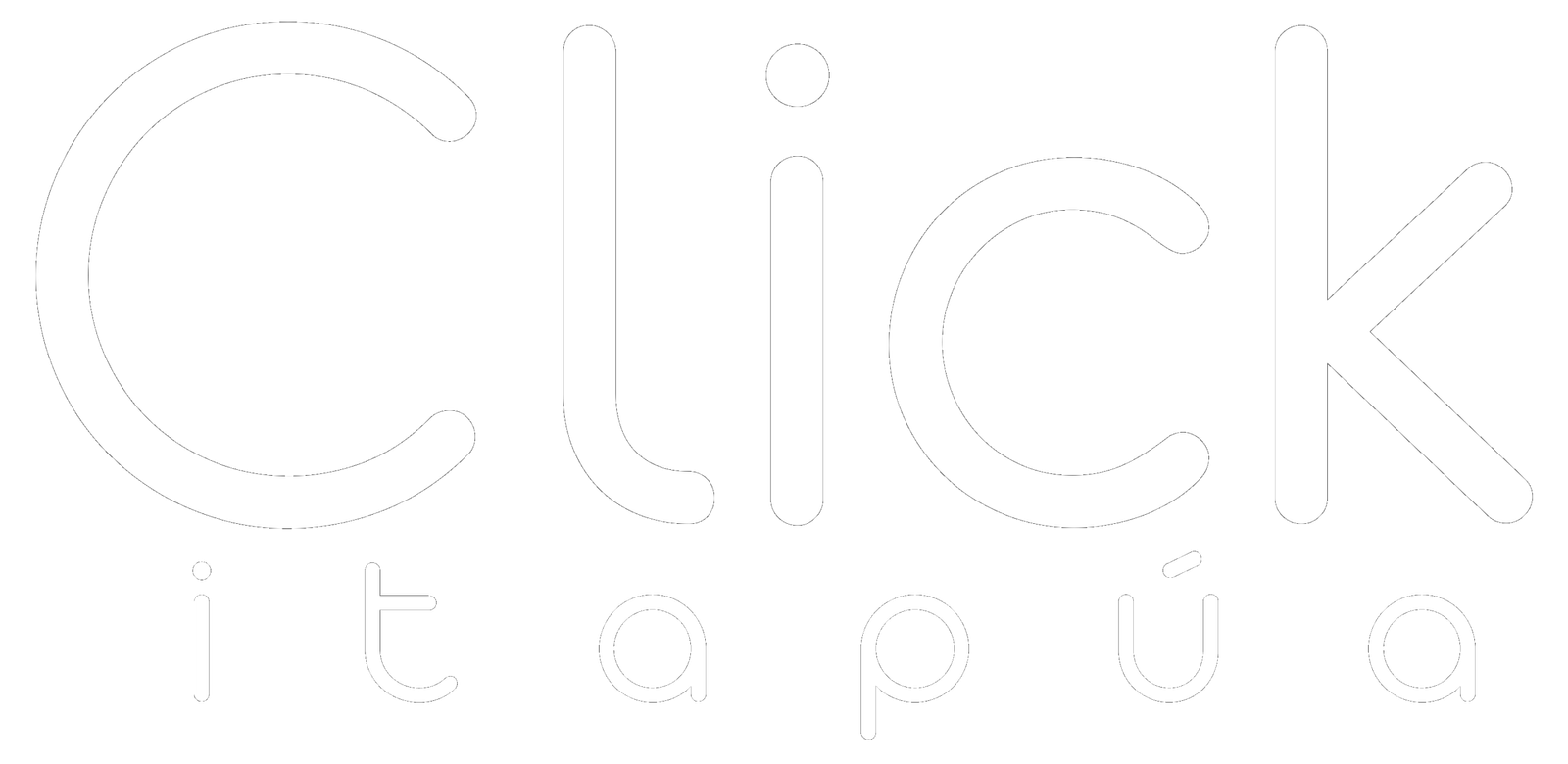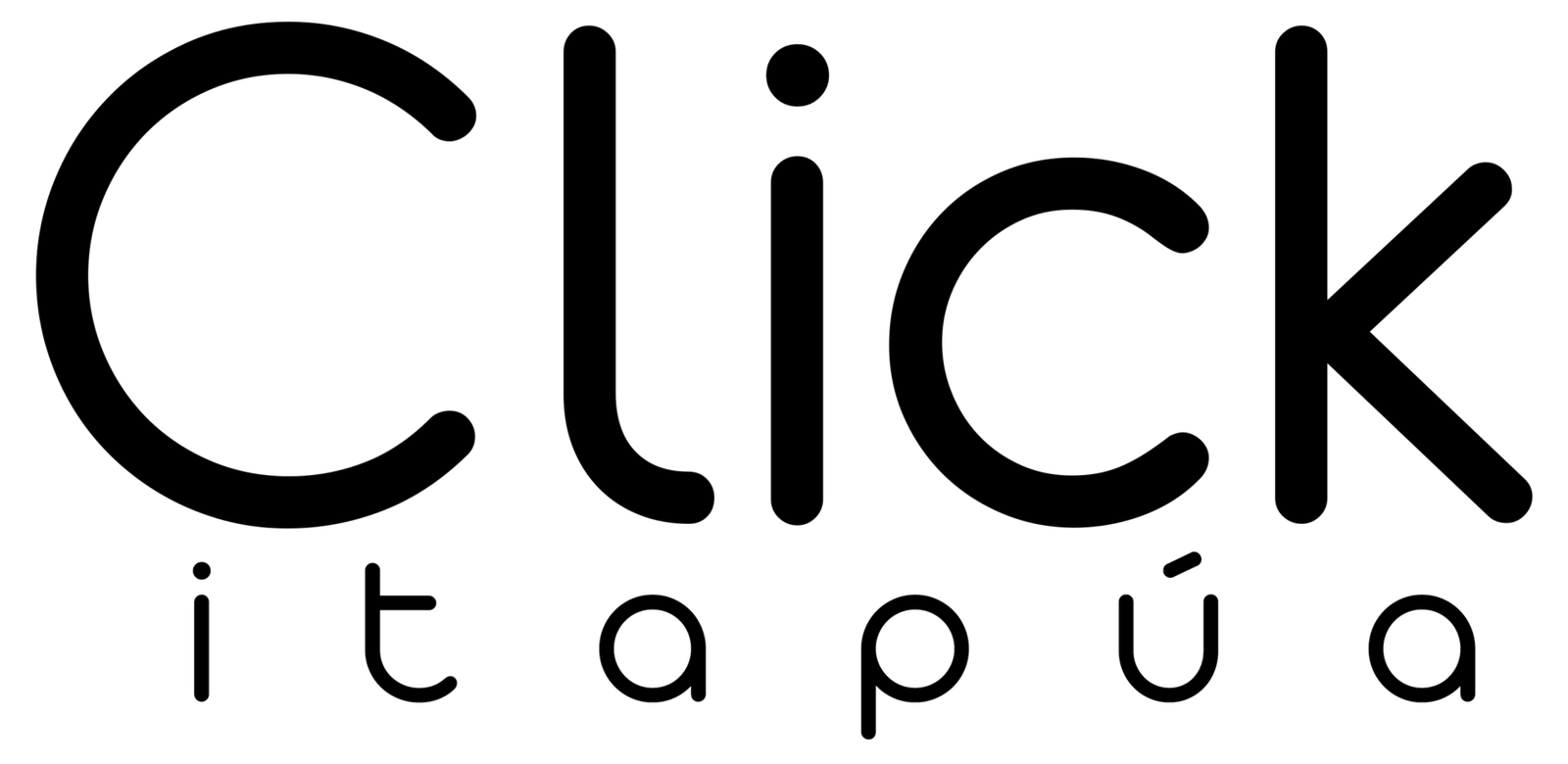For many organization leaders, merger acquisition integration is one of the greatest difficulties they deal with in their M&A strategies. It’s not just time-consuming, nonetheless requires large project supervision expertise and organizational band width. It also requires invoking change in acquired establishments, which is hard because people innately resist it. The best way to reduce these risks is to solve them early, ideally during due diligence and before the offer closes.
Finding the operating unit right, getting the strategy proper and establishing an integration approach are the important first simple steps. The next step is to choose the right combination of people pertaining to integration groups. This involves choosing key personnel from the goal company having a high amount of deliberation and objectivity, and identifying the future assignments before they will join the team.
The third crucial practice is speeding up the rate of the use, both in conditions of capturing price and revenue synergies and institutionalizing innovative ways of functioning. This is specifically important in smaller offers, where the acquirer may not be having a new business for its functions but rather because of its people, technology and mental property.
One more best practice is adding http://www.virtualdataroomservices.info/ in position exit standards that will signal when it’s a better alternative to back of a package than to plod in. This helps avoid sunk costs bias, which could prevent the purchaser from producing the right decision for the company and its staff. This is the majority of effectively performed throughout the planning level, when the IMO defines goals and works them in responsibilities meant for workstream qualified prospects.

